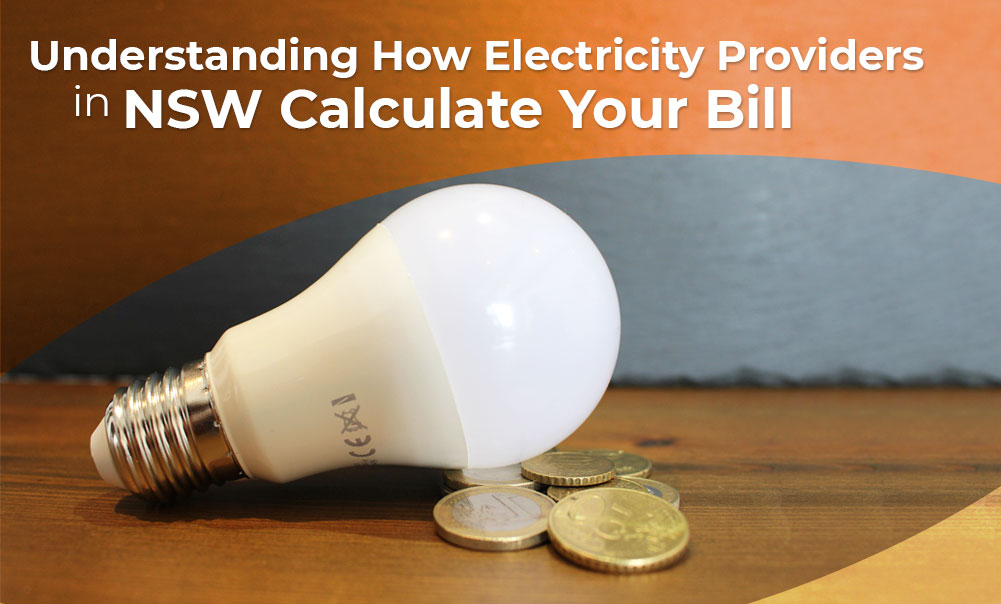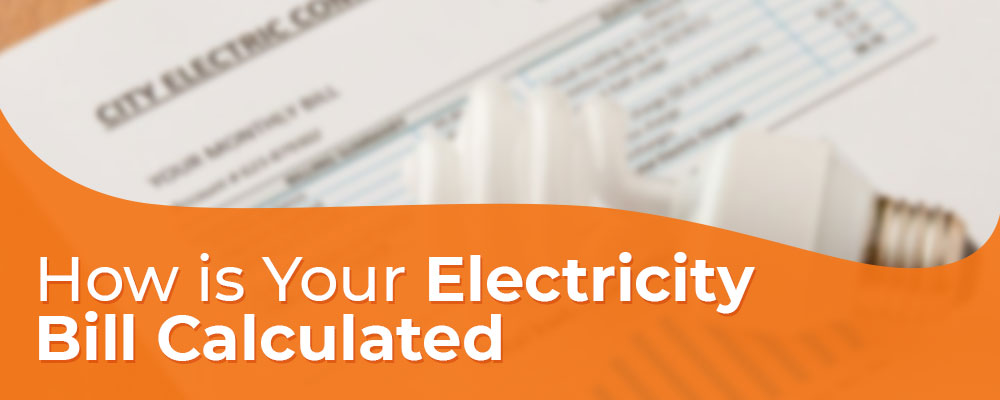Understanding How Electricity Providers in NSW Calculate Your Bill
Different factors cause changes in your energy bill. When in doubt, you can check with your electricity providers in NSW, review your energy plan, or reassess your energy use – but of course, taking control of your energy use is just one of the steps that you can take. Aside from that, you also have to understand how your electricity bill is calculated.
If you want to know how electricity providers in NSW calculate your bill, here’s a guide to get you started.
How is Your Electricity Bill Calculated?
The amount reflected on your electricity bill is often a result of different factors combined, but your energy use and the cost of electricity are two of the fundamental things to consider.
Energy use
The amount of energy you consume impacts the charges on your electricity bills. Usually, your energy consumption is higher during the summer months because of the increase in the use of air conditioning systems. The same way that your bill also increases during winter when you have to use heaters. The purchase of new appliances is another factor that changes your energy use and may lead to a spike, especially if you didn’t pay much attention to its energy-saving features.
NOTE: Kilowatt-hours (kWh) is used to measure your electricity consumption while megajoules (MJ) is used to measure gas consumption. Your bill will reflect your total usage and the costs per kWh or MJ.
Electricity costs
The cost of electricity varies depending on demand. It may increase or decrease, but often with electricity providers, electricity costs are offered at a set price. Changes in rates generally occur once or twice a year.
Other factors that affect your electricity bill
Change in the billing period
Take note of the number of days included in your bill. Make sure that a comparison is done between bills with the same number of days.
Estimated bill
In cases when the representative of your local distributor wasn’t able to read your meter due to inaccessibility, you will be given an estimated bill. This does not reflect your actual consumption and if you have questions about it, it’s always best to get in touch with your electricity provider.
Supply charge
This fee is the fixed delivery cost that you are being charged to cover the amount that electricity providers need to run their business. This is calculated based on the number of days they provided power and it’s usually charged as a cost per day.
Controlled load rate
This is a type of tariff that is applies to large appliances that use high power. It is separately metered to differentiate it from the usual energy consumed in your home. Some of the examples of appliances with high power usage include hot water systems, underfloor heating, and pool pumps.
How to avoid high electricity bills
There are ways to control costs and reduce your electricity bills. Take note of the tips provided below:
1. Practice smart use of energy: Avoid unnecessary practices like using hot water to do the laundry which only tends to lead to high electricity usage.
2. Stick to energy-saving habits: Simple habits like turning the lights off when they’re not in use and unplugging appliances can help reduce electricity usage.
3. Make the necessary upgrades: When buying appliances, don’t just look into aesthetics or innovation. Look for eco-saving and energy-saving features, as they will impact your electricity usage too.
4. Look for electricity providers in NSW: It might be confusing to choose among electricity providers in your area, but there are some points that you should look into.
a. Choose an electricity plan that best meets your requirements.
b. Consider the rate per kWh, fixed supply charges and other fees that you may be charged.
c. Enlist the use of an energy broker. Comparing all by yourself often seems like a huge task, so look for energy brokers in Australia that will assist you with quick and simple comparisons.
5. Enquire about tariffs. It is best to opt-in and learn from your electricity provider about the time-of-use tariffs, as well as off-peak and peak-based tariffs.
6. Know your eligibility. There are government programs that offer rebates or discounts to consumers and you need to find out if you are qualified.
ALSO READ: Moving? Tips to find electricity providers in Brisbane for your new home
The more you understand how your bill is calculated, the more you’ll be conscious about your energy usage. Take time to understand how electricity providers in NSW calculate your bill and make the necessary steps on how to control your costs and make the most of your energy plan.
If you need help in comparing plans and electricity providers in NSW, check out Electricity Wizard so you can have confidence in choosing the right retailer for you.









